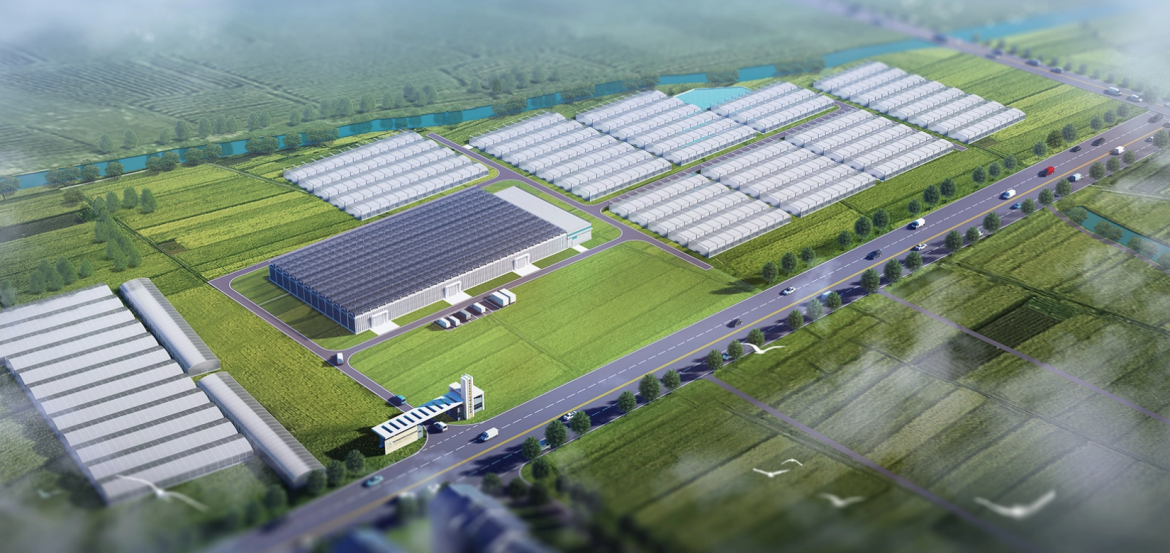Cities around the world are increasingly exploring sustainable methods to produce fresh food locally. Urban farming has emerged as a practical and efficient approach, enabling food production in urban environments where land is limited. This method integrates modern cultivation techniques with innovative technologies, offering a controlled and predictable way to grow crops while reducing dependency on rural supply chains. Urban vertical farming, in particular, allows multiple layers of crops to be cultivated within a single footprint, making it ideal for metropolitan areas facing space constraints. In addition to improving local food security, this approach can help reduce transportation costs and associated environmental impacts by supplying fresh produce closer to where it is consumed.
How Vertical Farming Transforms Urban Agriculture
Vertical farming is a specialized form of urban farming that emphasizes the use of stacked growing systems. By employing hydroponic or aeroponic methods, along with LED plant lighting and precise nutrient management, growers can create optimal growth conditions for a variety of crops. This system not only increases yield per square meter but also allows for year-round production independent of outdoor weather conditions. In regions such as North America, Europe, and the Middle East, vertical farms are increasingly integrated into local food networks. By controlling every aspect of the growth environment—from temperature and humidity to nutrient supply—urban vertical farms can maintain consistent quality and uniformity, which is particularly valuable for experienced operators seeking reliable production outcomes.
Integrating Technology and Multi-Industry Applications
Technology plays a crucial role in the success of urban vertical farming. Advanced solutions combine automated climate control, AI-driven monitoring, and data analytics to maintain consistent growing environments. Companies like 4D Bios are applying these innovations to large-scale agricultural parks, where plant factories are integrated with secondary and tertiary industries, including cultural, tourism, and entertainment initiatives. These multifunctional complexes demonstrate how urban vertical farming can extend beyond food production, creating innovative spaces that support multiple sectors while maintaining high-efficiency crop cultivation. By using digital agriculture techniques, they ensure uniform crop quality, streamline operations, and achieve scalable production, making these systems particularly attractive in markets like Australia, Singapore, and the Gulf countries, where innovation-friendly policies encourage sustainable agriculture.
Conclusion: Shaping the Future of Urban Agriculture
As urban populations continue to grow and demand for sustainable food solutions rises, urban farming remains a practical and innovative approach to city-based agriculture. Through vertical farming and the integration of advanced technology, cities can achieve reliable food production while promoting resource efficiency. Companies like 4D Bios are leading the development of comprehensive plant factory solutions that cater to experienced operators seeking high-standard cultivation systems. By combining LED lighting, AI environment control, and multifunctional agricultural park designs, they are enabling modern urban agriculture to thrive across Europe, North America, and the Middle East, shaping a future where fresh, locally produced food is accessible, efficient, and sustainable.


